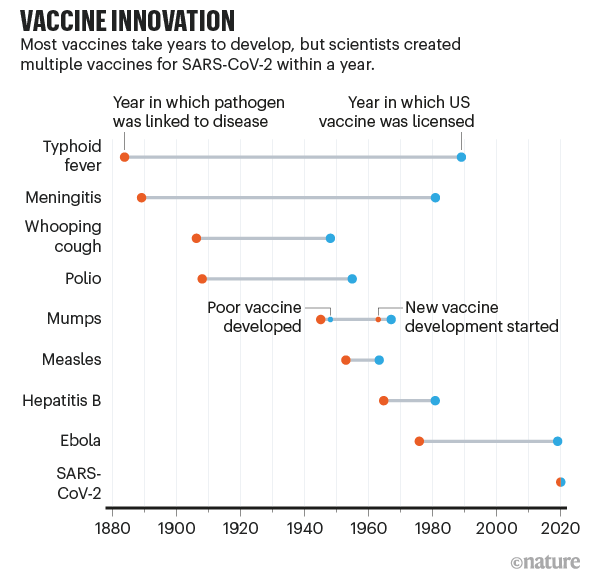From the Hektoen International Journal (starting with an Egyptian papyrus from 1550 BCE):
A brief history of kidney transplantation by Laura Carreras-Planella, Marcella Franquesa, Ricardo Lauzurica, Francesc E. Borràs. Barcelona, Spain
"The history of kidney transplantation as we know it today began in the 1950s, but other key attempts were made earlier in the twentieth century. The first successful organ transplant was performed by Emerich Ullmann from the Vienna Medical School in 1902 when he auto-transplanted a kidney in a dog from its normal location to the vessels of the neck, where it produced some urine.44,45 In the same year, dog-to-dog and dog-to-goat kidney transplants were performed by Ullmann and Alfred von Decastello, ... In 1906 Mathieu Jaboulay, with Carrel as assistant surgeon (both of them Nobel laureates), performed the first kidney transplantations from goats and pigs to the arms and thighs of humans. Each kidney worked for one hour only ... The first transplantation from a human cadaver was attempted in the USSR by Yurii Voronoy in 1939, although the organ was rejected because of blood group incompatibility and the patient died after two days.
...
"Investigations resumed after World War II with other attempts at human kidney transplantation, especially by two groups in Europe and the United States. In 1946 a human kidney allograft was transplanted to blood vessels in the arm under local anesthesia by a team in Boston.50 The graft only functioned for a short time, but it was long enough to help the patient recover from acute renal failure. This achievement attracted major interest, as did the first transplantation from a live donor performed by Jean Hamburger (who defined the term “nephrology”) in Paris from a mother to her sixteen-year-old son. The transplanted kidney functioned for twenty-two days.51 In 1950, Lawler in Chicago was the first to attempt intra-abdominal kidney transplantation.
"In 1954 at Peter Bent Brigham Hospital (later Brigham and Women’s Hospital) in Boston, Joseph Murray performed the first truly successful living donor kidney transplantation. He received the Nobel prize for this achievement in 1990. The transplant was performed from one monozygotic twin to the other, so there was no histo-incompatibility. This was the first time that a transplanted patient, who had been dying from renal failure, survived for years after the transplant.52 The procedure was met with growing success—one kidney recipient even had a successful pregnancy and delivery—and expanded to other hospitals. 53 The first kidney transplantation in Spain was performed in 1965 at the Hospital Clínic de Barcelona by Antoni Caralps, Pedro Pons, Gil-Vernet, and Magriñá, followed by eight additional transplantations at the same hospital that year.
"However, even though transplantation surgical techniques had greatly improved, good immunosuppressive regimens were still lacking. The use of the newly available azathioprine, prednisolone, or total body irradiation helped during the initial crucial rejection period between identical twins or siblings.54 In the mid-1960s, great improvements were made in the pre-treatment of patients with hemodialysis to enhance health before surgery; organ transportation between hospitals; identification of HLA antigens, discovered by Jean Dausset; development of tissue-typing and lymphocytotoxicity testing; and an increase in kidney transplants, which provided valuable data for improvement.55–57 Methodologies and management were consolidated in the 1970s, and saw the beginning of transplantations from cadaveric donors.
"But the most remarkable breakthrough of this period was the introduction of the calcineurin inhibitors cyclosporine A and tacrolimus. Cyclosporine A was first isolated in 1971 from a soil fungus (Hypocladium inflatum gams) in Norway and studied by Jean-Francois Borel and Hartmann F. Stähelin at Sandoz (now Novartis).58,59 The importance of this drug was reflected in the speed at which it was approved and released to the market in 1983. This small cyclic polypeptide made it possible to reduce the percentage of rejection in the first year after transplantation from 80% to 10%.60 Tacrolimus, somewhat better than cyclosporine A in reducing acute rejection and improving graft survival,61 was isolated from Streptomyces tsukubaensis in the soil of Tsukuba, Japan in 1987. The name tacrolimus derives from “Tsukuba macrolide immunosuppressant,” although it was initially called FK506 because of its target FK506 binding protein (FKBP).62,63,57 Mycophenolic acid, which was first isolated in 1893 from Penicillium glaucum in spoiled corn, was found to possess antibiotic activity but carried many adverse effects.64 A century later, its ester derivate mycophenolate mofetil was synthesized as a safer drug with immunosuppressant action.65,66 Rapamycin, also known as sirolimus and a current first-line immunosuppressant, was first found to be an antifungal metabolite of Streptomyces hygroscopicus. Discovered in Rapa Nui (formerly named Easter Island) in 1964, the name rapamycin comes from the site of its discovery.67–69 It is also abbreviated as mTOR because tor in German means door, and this protein serves as a gateway to cell growth and proliferation.70 Other analogs such as everolimus were synthesized later and are also routinely used in kidney transplantation.71 Although many immunosuppressive drugs are now in use, cyclosporine A and tacrolimus are still key in preventing organ rejection, even fifty years after their discovery."









